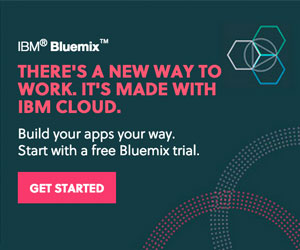It’s a well-known secret in Silicon Valley: Big tech companies employ “resters and vesters”; employees who collect full pay and stock without having to do much — or any — actual work.
Though it might sound like an administrative error — employees who have, for whatever reason, fallen through the cracks — there are a few very good reasons why companies allow employees to “rest and vest,” according to former “coasters” interviewed by Business Insider.
Keeping Top Talent Away From Competitors
Some tech companies use “rest and vest” jobs as a way to claim top talent and keep it away from the competition, according to Manny Medina, a former Microsoft executive.
At Microsoft, he saw how the tech giant locked up talent in fields like AI, robotics and quantum computing.
“You keep engineering talent but also you prevent a competitor from having it, and that’s very valuable,” he told Business Insider. “It’s a defensive measure.”
Buying Silence
“Rest and vest” can be used as a way to buy an employee’s silence about the problems facing a project before they depart a company.
“Everyone knew I had a big mouth and would speak out,” said a former “rest and vest” Facebook engineer. “He figured, ‘Hey, it costs us next to nothing keep this person happy for six months.'”
Like a paid period of transition, employees can use “rest and vest” time to cool off and start looking for other work.
Hanging Onto The Most Effective Employees
Some employees can simply do more in a shorter period of time. “10x engineers,” for example, are supposedly 10 times more effective than other engineers, or so the legend goes.
“They might know where the bodies are buried on some project, be called in as a last resort to debug a project, or they are known as a great pinch hitter,” said the former Facebook engineer.
Though “resting and vesting” can be beneficial to companies, it can kill the careers of employees, especially those “working” on long-term research projects, according to an engineer at X, run by Google’s parent company Alphabet.
Engineers can spend years “never shipping anything.”










 /newsrooms
/newsrooms
